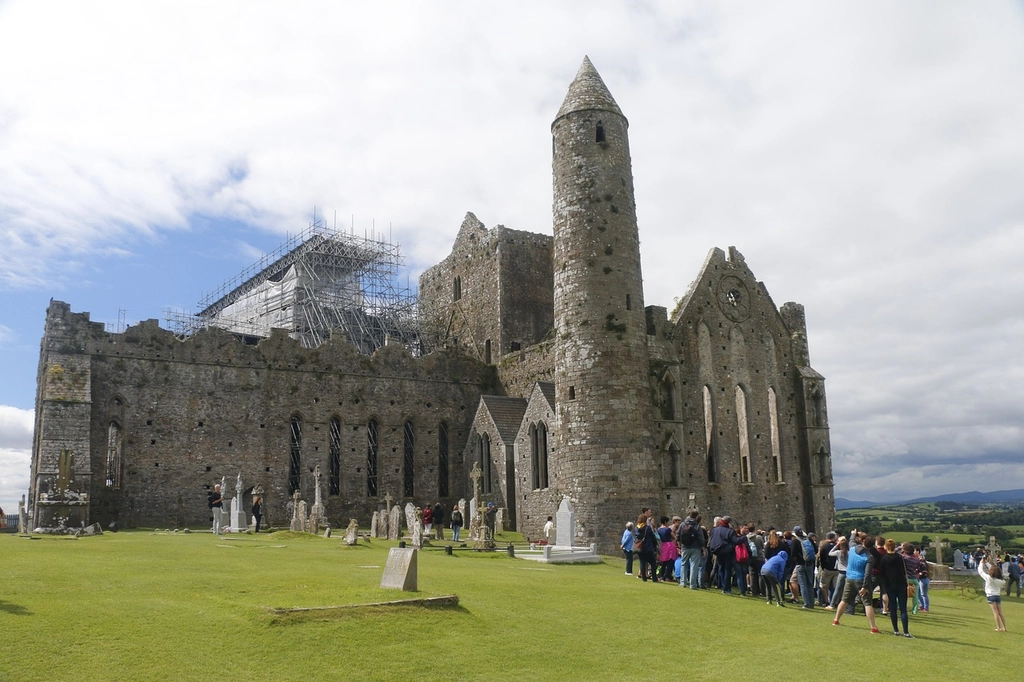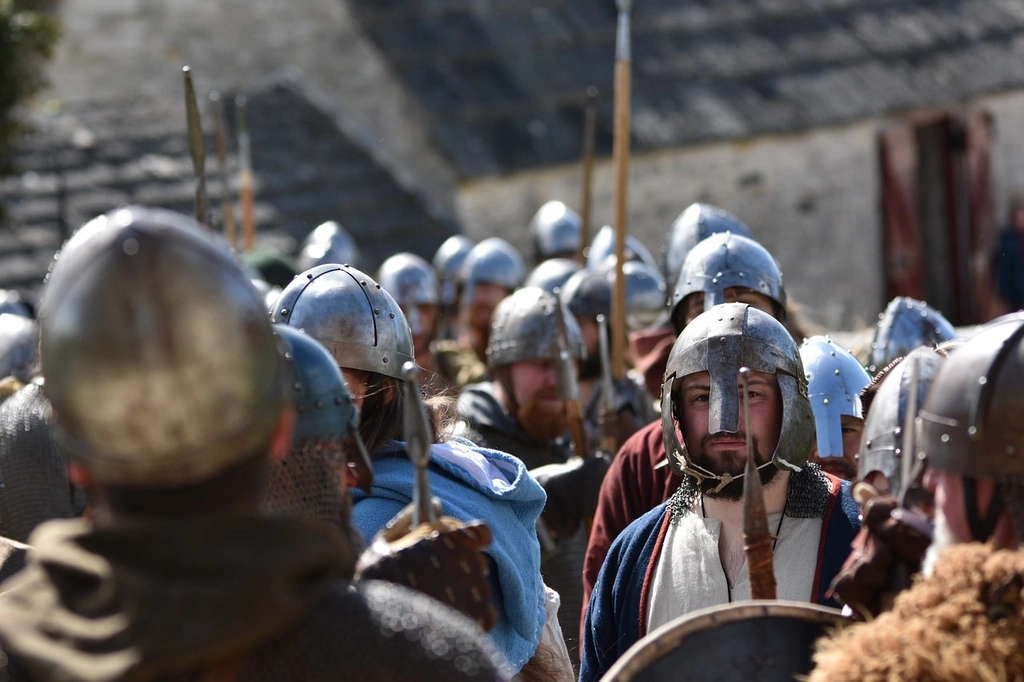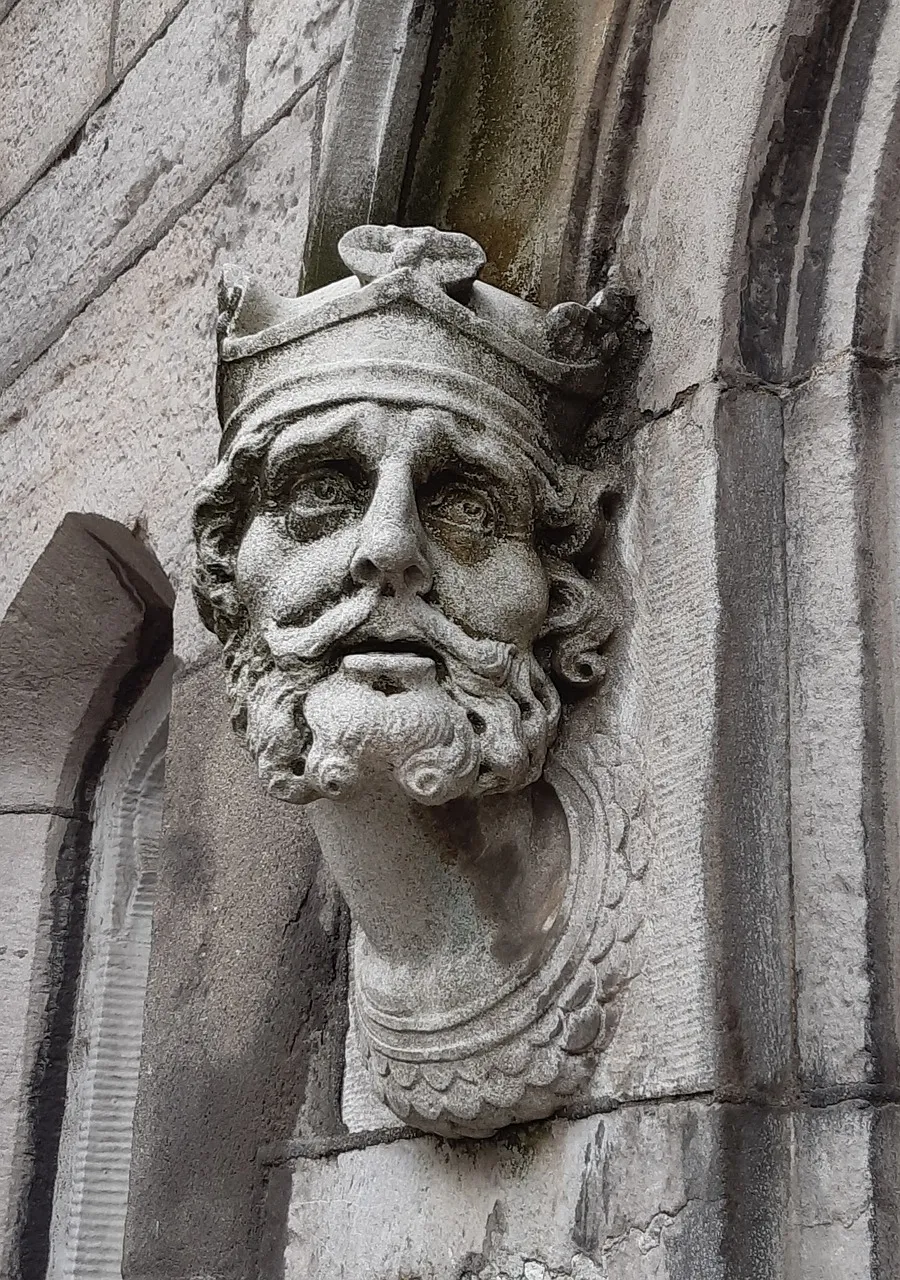When it comes to Irish history, few names evoke as much reverence and awe as Brian Boru, the legendary High King of Ireland. Known for his strategic military prowess and tireless efforts to unite the island's warring factions, his life was a fascinating tapestry of battles, politics, and culture.
In this article, we'll explore some of the most significant places associated with Brian Boru and his life, then look over the rich historical tapestry that makes up the story of this remarkable figure.
Killaloe, County Clare
Nestled along the banks of the River Shannon, Killaloe is the birthplace of Brian Boru, and it's where he grew up before embarking on his illustrious military and political career. Today, visitors can explore the ancient village, with its charming streets and historic sites like St. Flannan's Cathedral. Just a short walk from the village is the Brian Boru Heritage Centre, where you can learn about the High King's life, his battles, and his lasting impact on Irish history.
Beál Ború, County Clare
Located near the village of Killaloe, Beál Ború is an ancient ring fort that served as a stronghold for Brian Boru and his family. This impressive archaeological site offers a unique window into life during the 10th and 11th centuries in Ireland. While visiting Beál Ború, be sure to take in the panoramic views of the River Shannon and the surrounding countryside, which would have been familiar sights to Brian Boru and his warriors.
Cashel, County Tipperary

Cashel, home to the iconic Rock of Cashel, is an essential stop on any Brian Boru pilgrimage. As the seat of the Kings of Munster, it played a vital role in the king's rise to power. The Rock of Cashel is an awe-inspiring site that features a collection of medieval buildings, including the 12th-century Cormac's Chapel and the 13th-century Gothic cathedral. As you wander the grounds, you can't help but feel the weight of history and imagine the political machinations that took place within these walls.
Clontarf, Dublin

Armagh, County Armagh
Armagh, an ecclesiastical capital in Northern Ireland, was also closely associated with Brian Boru. He was a generous patron of the city’s religious institutions, and his close relationship with the Church was instrumental in his efforts to unite the Irish people. Visitors to Armagh can explore St. Patrick’s Cathedral, a site with both Anglican and Catholic churches, and learn about the history of Christianity in Ireland.
The Life of Brian Boru
Early Life and Ascension to Power
Born around 941 AD in Killaloe, County Clare, Brian Boru was a member of the Dál gCais, a powerful Irish dynasty at the time. He was the youngest of 12 sons and, after the death of his older brother, Mahon, in 976 AD, he inherited the title of King of Munster. Brian’s ambitions didn’t stop there, as he sought to bring unity and peace to the fractured Irish kingdoms.
In 1002 AD, Brian Boru successfully negotiated with the High King of Ireland, Máel Sechnaill mac Domnaill, who acknowledged Brian’s claim to the title. As the new High King of Ireland, Brian sought to consolidate his power and expand his influence over the entire island.
Military Conquests and Battles
Brian’s rule was marked by a series of military campaigns against the rival Irish kingdoms and Viking invaders who sought to maintain their control over various parts of Ireland. Key battles and military achievements during his reign include:
- The Battle of Sulcoit (967 AD): Before becoming the King of Munster, Brian Boru played a crucial role in this battle, which saw his brother, Mahon, defeat the Viking forces led by Ivar of Limerick.
- The Battle of Cathair Cuan (977 AD): This decisive victory allowed Brian to secure his position as the King of Munster after avenging his brother Mahon’s death by defeating the rebellious King of Desmond, who had conspired with the Vikings.
- The Siege of Dublin (999 AD): Brian’s forces joined with the High King Máel Sechnaill mac Domnaill to defeat the Vikings of Dublin, showcasing his military prowess and strategic capabilities.
The Battle of Clontarf and Death
Brian’s most famous and fateful battle occurred in 1014 AD at Clontarf, near present-day Dublin. The Battle of Clontarf saw Brian’s forces clash with the combined armies of the King of Leinster, Máel Mórda mac Murchada, and the Viking ruler of Dublin, Sigtrygg Silkbeard. Despite being significantly outnumbered, Brian’s army achieved a decisive victory, effectively ending the Viking presence in Ireland.
However, the victory came at a heavy personal cost, as Brian Boru was killed during the battle, reportedly by a fleeing Viking warrior. His death marked the end of an era in Irish history and the beginning of a period of upheaval and fragmentation.
